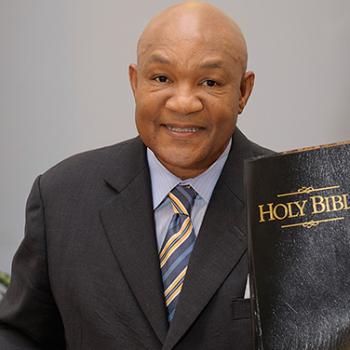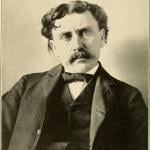Pharisees of course are mentioned throughout Matthew’s gospel. After Jesus’ scathing denunciation at the temple (Matthew 23), they disappear for most of the rest of the gospel. They appear one last time, along with the chief priests, asking for a seal on Jesus’ tomb (27:62). It’s fitting: The last time we saw Pharisees Jesus was denouncing them for “building the tombs of the prophets and adorning the monuments of the righteous,” while confessing they are sons of those who murder... Read more



















